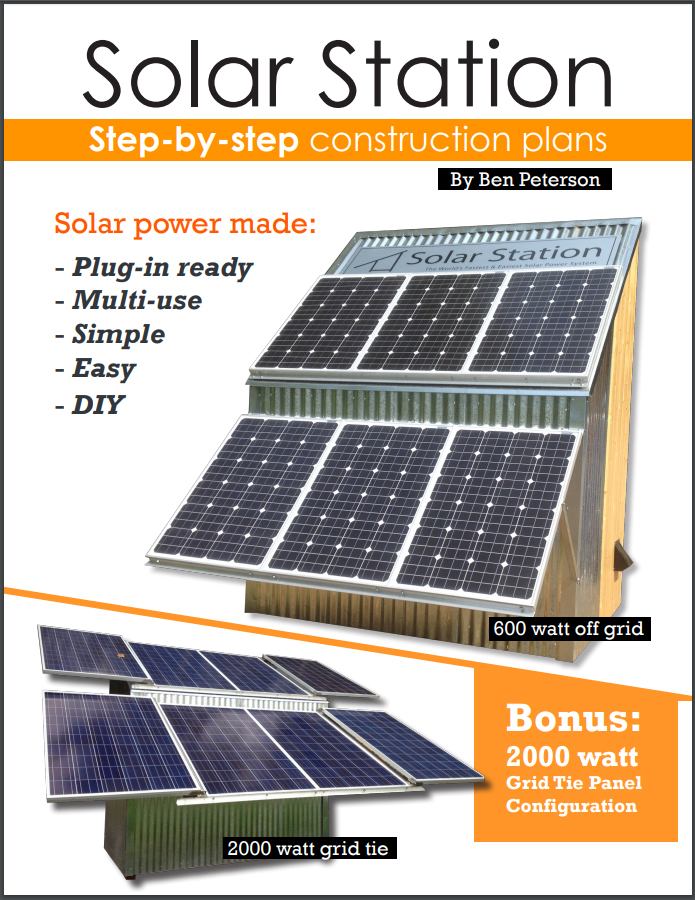This is a badge bit (BB) that is part of the
PEP curriculum. Completing this BB is part of getting the sand badge in
Electricity.
In this Badge Bit, you will install a DC solar system.
Solar systems can be huge (insert Milky Way joke here). But they don't have to be. Let's harness the power of the sun to build a small DC solar system with battery storage.
Here are a few videos:
To complete this BB, the minimum requirements are:
o choose one of the following systems to build:
- small solar music cart and phone charging station
o includes 12v bluetooth speakers hard wired
- small DC system on a shed: lights and phone charging
- tiny home power system: lights, phone charging, outlets
- RV or camping power system: lights and phone charging
o must have at least one 12v outlet
o must have at least one 5v USB outlet
o must include a charge controller
o must include a battery
- must be able to put out 100 watts for 6 hours.
Provide photos or video (< 2 minutes) of the following:
- Description of the system, power and capacity. Explain how the battery(s) will put out 100W for 6 hours
- Area where the system will be installed
- Parts before you install/assemble them
- Completed installation
- Evidence of a phone charging
Side Notes:
If you have an alternative solar installation that you'd like to do of a similar complexity, post below and ask if it could be added as an option.

 7
7




 5
5






























 2
2












